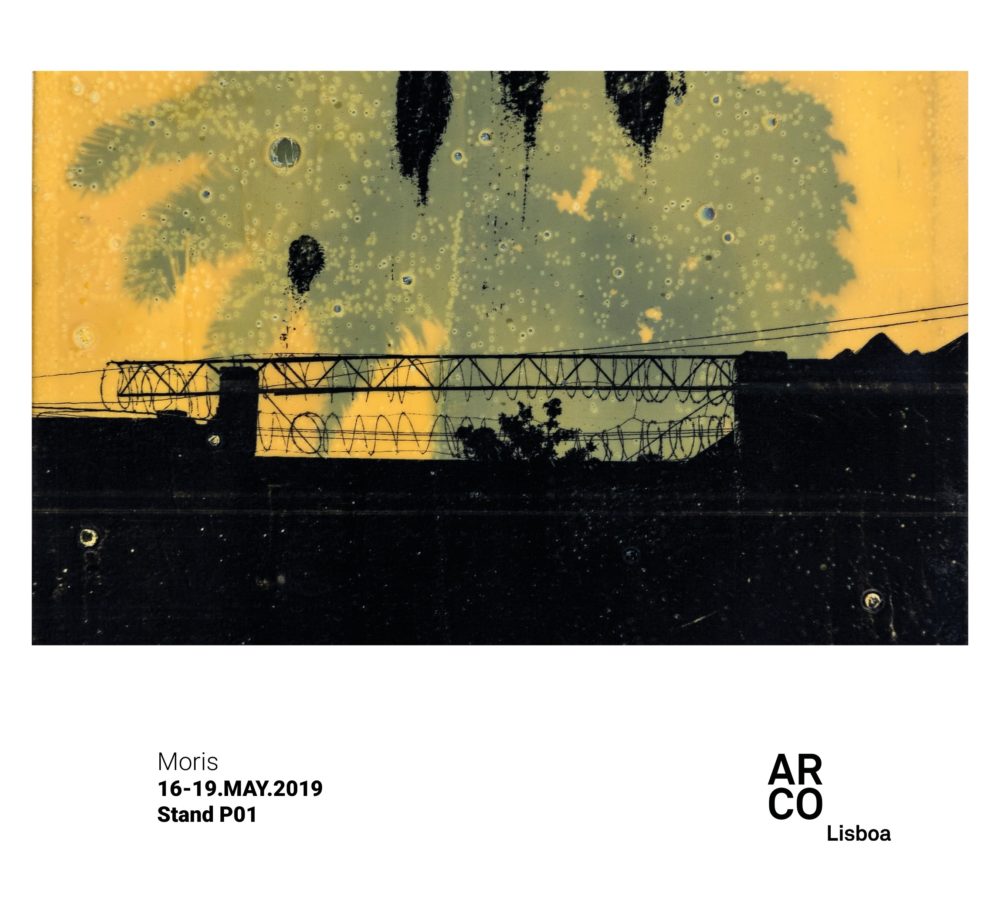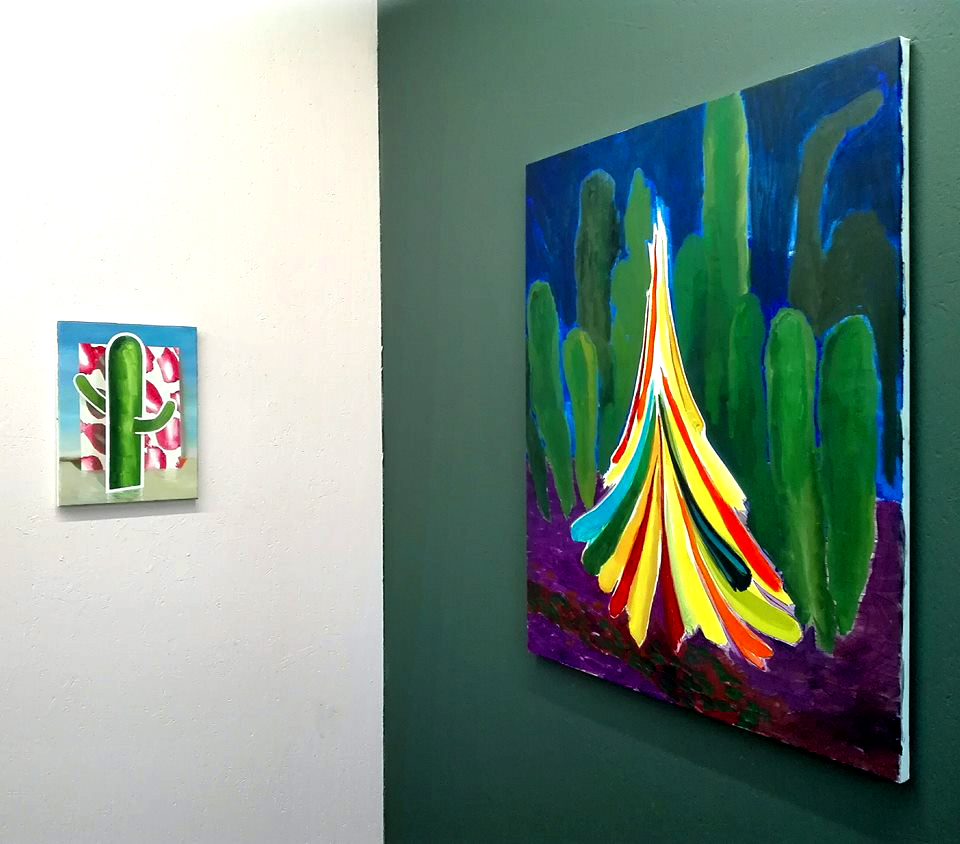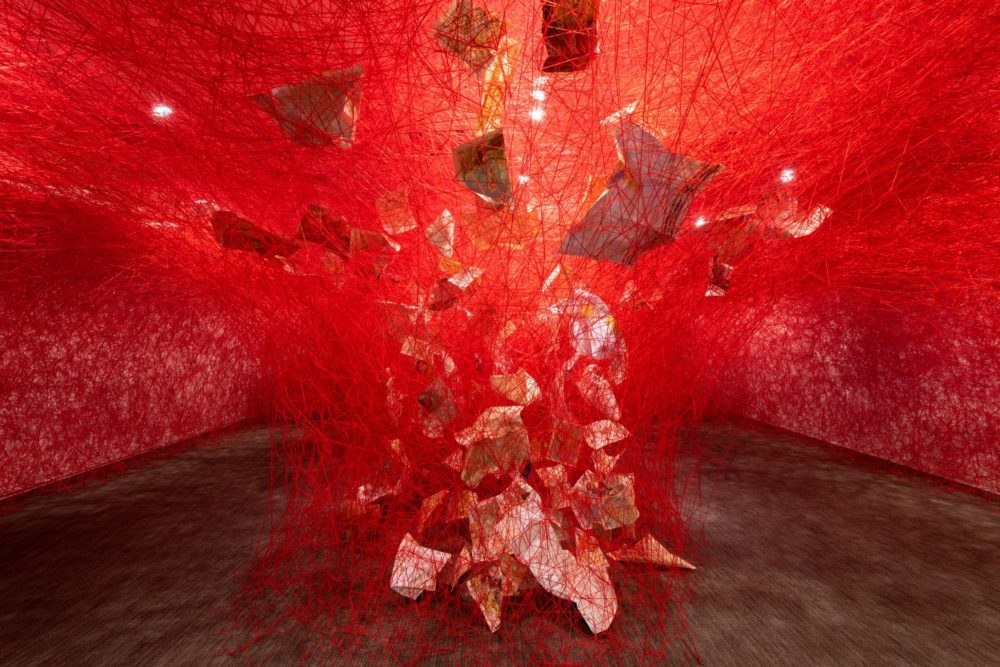
Chiharu Shiota en ‘And Berlin Will Always Need You’, Gropius Bau, Berlin
Chiharu Shiota participa en la exposición colectiva ‘And Berlin Will Always Need You’, comisariada por Natasha Ginwala y Julienne Lorz. Concepto de la exposición por Stephanie Rosenthal.
Chiharu Shiota participates in the group exhibition ‘And Berlin Will Always Need You’, curated by Natasha Ginwala and Julienne Lorz. Concept by Stephanie Rosenthal.
22 MAR – 16 JUN 2018
Para más información, pinche aquí
For more information, click here
(Imagen / Image: Beyond Memory, 2019. ‘And Berlin Will Always Need You’, Gropius Bau, Berlin. Photo by Luis Kürschner)
From 22 March to 16 June 2019, the Gropius Bau explores the concept of crafts and handmade processes in Berlin’s contemporary art scene, taking its history as a former museum for decorative arts and educational institution as a starting point.
When Dorothy Iannone serenaded her friend Mary Harding in 1977 she sang an avowal to the city of Berlin, a place she had moved to only a year before with the DAAD Artists-in-Berlin programme and where she has lived ever since. Her line “And Berlin will always need you”, forms the title of the first exhibition presented at the Gropius Bau in 2019.
And Berlin Will Always Need You. Art, Craft and Concept Made in Berlin is a distinctly contemporary art exhibition that sheds light on artists’ practices in the city. Presenting an evocative series of existing and newly commissioned works the exhibition engages with traditional methods of production, aesthetics and materiality, and examines historical artefacts and objects.
Interpretation, authorship, labour, sovereignty and power structures form a recurring undercurrent throughout And Berlin Will Always Need You. Art, Craft and Concept Made in Berlin. Transposing these varied facets onto Berlin’s dynamic contemporary art scene, the exhibition expands and redefines perceptions of art and craft, while taking into consideration the aspect of display. The diverse presentation encompasses works such as Olaf Holzapfel’s large-scale, abstract works crocheted from hand-spun natural fibres, Leonor Antunes’ hand-crafted suspended rope, wood and leather sculptures, woven works that play with perspective and colour gradient by Willem de Rooij, a folding screen composed of found, patterned carpets by Nevin Aladag, a 12-screen video installation by Theo Eshetu, as well as a new installation by Chiharu Shiota conceived for the atrium. Multiple aspects come into focus when looking at the selection of works exhibited, ranging from the ornamental and decorative, which is reminiscent of visual motifs found in Eastern religions and Byzantine mosaics, to the history of design in Modernism and the twentieth-century, involving craftsmanship from Berlin to South America. These diverse entanglements and juxtapositions put forward a series of complex narratives, some of which are distinctly personal, some of which are universal, while others are entirely abstract. These are interwoven between the works themselves and ultimately the exhibition as a whole, as an amalgamation that informs not only our but indeed also the artists’ engagement and associations with everyday and cultural objects. And Berlin Will Always Need You. Art, Craft and Concept Made in Berlin shows the incredible variety of artistic practices that can be found in Berlin today and demonstrates the Gropius Bau’s commitment to continue to provide a regular platform for Berlin artists.
With works by Nevin Aladag, Leonor Antunes, Julieta Aranda, Alice Creischer, Andreas Siekmann and the Brukman workers, Mariechen Danz, Haris Epaminonda, Theo Eshetu, Olaf Holzapfel, Dorothy Iannone, Antje Majewski and Olivier Guesselé-Garai, Willem de Rooij, Katarina Ševic, Chiharu Shiota, Simon Wachsmuth and Haegue Yang










